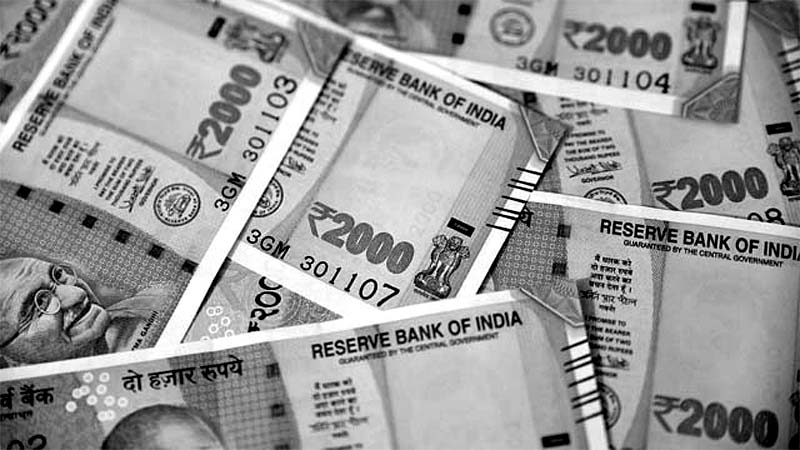The demographic landscape of any country plays a crucial role in shaping its economic and social dynamics. In India, the population composition is undergoing significant changes, with a rise in the number of elderly citizens (aged 65 and above). This demographic shift brings about various challenges, including declining savings, reduced labor force, and changes in the investment rate. This blog post delves into the demographic trends in India, the challenges faced by other countries like the US and China, and the need for policy interventions to address the evolving age structure.
India’s Demographic Advantage
Compared to countries like the US and China, India remains a young nation and is projected to retain its youthfulness in the coming decades. However, the proportion of elderly individuals in India is set to increase from 5.5 percent in 2011 to 15.2 percent by 2050. In contrast, China’s elderly population is predicted to reach 32.6 percent, and the US’s elderly population is estimated to be 23.2 percent by 2050.
Challenges Faced by the US and China
The US is grappling with long life expectancy, a low birth rate, and exorbitant healthcare costs, leading to a rapid increase in public healthcare expenditure. The aging population has resulted in a significant reduction in the workforce, and the country is becoming increasingly dependent on foreign labor. Industries are also feeling the impact of this shift, while cases of loneliness and depression among different age groups are on the rise.
China’s Aging Population
China, known for its strict one-child policy implemented in the 1980s to control population growth, is now facing extensive changes in its economic and social structure. With a reduced labor force, the country’s infrastructure and development are being negatively affected. A considerable gap in the age difference of China’s population is projected for the coming decades, leading to potential challenges in road, electricity, health, education, and industry sectors.
The Challenge in India
The data reveals a complex situation regarding the elderly population in India, with certain states, primarily in South India, expected to experience an unprecedented increase in elderly citizens. By 2050, Andhra Pradesh is projected to have the highest percentage of elderly population at 30.1 percent, followed by Kerala (25.0 percent), Karnataka (24.6 percent), and Tamil Nadu (20.8 percent). This demographic shift may lead to continuous migration of labor from East and North East India to the southern states.
Policy Interventions
To tackle the demographic challenge, states in India need to devise and implement appropriate policies. States with a younger population can focus on promoting industries that cater to youth, while states with a significant elderly population may consider raising the retirement age. However, India’s social and economic policies must be tailored to suit its unique context, different from that of China and the US.
Conclusion
India’s evolving age structure poses both challenges and opportunities for the nation. While a young population can drive economic growth, an increasing elderly population necessitates careful planning to address various issues. By adopting targeted policies that take into account regional differences and demographic trends, India can harness the potential of its diverse population to create a prosperous and sustainable future for all. Policymakers and leaders must be proactive in adapting to the changing demographics and aligning their strategies with the evolving needs of the nation.

